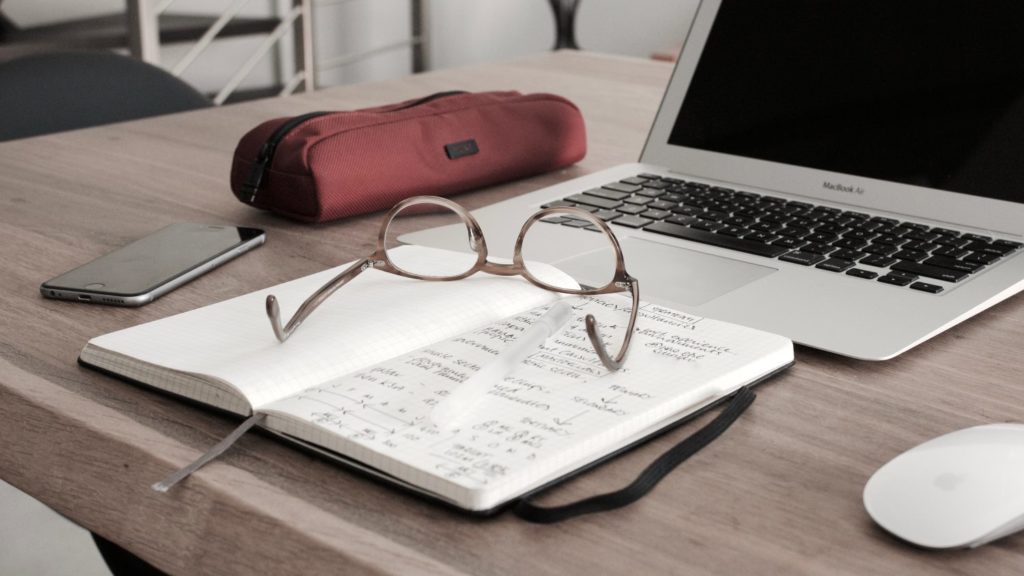
Regional variance allows for counties to move further into Stage 2 when they attest to meeting certain criteria
Following up on the state’s announcement that it will begin modifying the stay at home order on Friday, May 8, Governor Gavin Newsom Thursday released updated industry guidance – including for retail, manufacturing and logistics – to begin reopening with modifications that reduce risk and establish a safer environment for workers and customers.
“Californians, working together, have flattened the curve. Because of that work, our health data tells us that California can enter the next stage of this pandemic and gradually begin to restart portions of our economy,” said Newsom. “It’s critical that businesses and employers understand how they can reduce the risk of transmission and better protect their workers and customers. COVID-19 will be present in our communities until there is a vaccine or therapeutic, and it will be up to all of us to change our behavior and eliminate opportunities for the disease to spread.”
Resilience Roadmap
The Resilience Roadmap stages that California is using to guide its gradual reopening process are:
- Stage 1: Safety and Preparedness
-
- Making workplaces safe for essential workers
- Stage 2: Lower-Risk Workplaces
-
- Gradually reopen retail (curbside only), manufacturing and logistics. Later, relax retail restrictions, adapt and reopen schools, child care, offices and limited hospitality, personal services.
- Stage 3: Higher-Risk Workplaces
-
- Adapt and reopen movie theaters, religious services and more personal and hospitality services.
- Stage 4: End of Stay at Home Order
-
- Reopen areas of highest risk like concerts, conventions, sports arenas.
When modifications are advanced and the state’s six indicators show enough progress, California can move to the next stage of the roadmap. The state is now moving into Stage 2, where some lower-risk workplaces can gradually open with adaptations. Stage 2 expansion will be phased in gradually. Some communities may move through Stage 2 faster if they are able to show greater progress, and counties that have met the readiness criteria and worked with the California Department of Public Health can open more workplaces as outlined in the County Variance Guidance.
Industry Guidance to reduce the risk
California will move into Stage 2 of modifying the state’s stay at home order on Friday. The state’s progress in achieving key public health metrics (stability of hospitalization, PPE inventory, healthcare surge capacity, testing capacity, contact tracing capability, public health guidance in place) will allow a gradual reopening of California’s economy.
The state recognizes the impact of economic hardship, but the risk of COVID-19 infection is still real for all Californians and continues to be fatal.
That is why every business should:
- Plan and prepare for reopening.
- Make radical changes within the workplace.
- Adjust practices by employees and help educate customers.
The state has outlined guidance for each early Stage 2 business to follow. The goal is a safer environment for workers and customers. Businesses may use effective alternative or innovative methods to build upon the guidance.
Each business should review the guidance that is relevant to their workplace, prepare a plan based on the guidance for their industry, and put it into action.
When complete, businesses can post the industry-specific checklist (below) in their workplace to show customers and employees that they’ve reduced the risk and are open for business.
Before reopening, all facilities should:
- Perform a detailed risk assessment and implement a site-specific protection plan.
- Train employees on how to limit the spread of COVID-19, including how to screen themselves for symptoms and stay home if they have them.
- Implement individual control measures and screenings.
- Implement disinfecting protocols.
- Implement physical distancing guidance.
The state has also set up a mechanism to gather input on future industry guidance through the California Recovery Roadmap survey.
While many elements of the guidance are the same across industries – such as cleaning and physical distancing – consideration was given to industry-specific methods. For example:
- Retailers should increase pickup and delivery service options and encourage physical distancing during pickup – like loading items directly into a customer’s trunk or leaving items at their door.
- Retailers should install hands-free devices, if possible, including motion sensor lights, contactless payment systems, automatic soap and paper towel dispensers, and timecard systems.
- Manufacturing companies should close breakrooms, use barriers, or increase distance between tables/chairs to separate workers and discourage congregating during breaks. Where possible, create outdoor break areas with shade covers and seating that ensures physical distancing.
- Warehouses should minimize transaction time between warehouse employees and transportation personnel. Perform gate check-ins and paperwork digitally if feasible.
- Warehouse workers should clean delivery vehicles and equipment before and after delivery, carry additional sanitation materials during deliveries, and use clean personal protective equipment for each delivery stop.
More industry-specific guidance can be found here.






